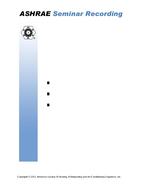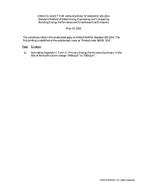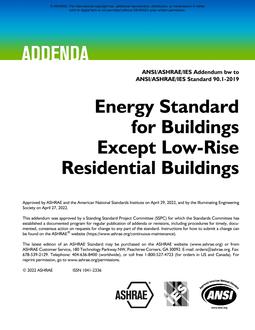Closed-cell polyisocyanurate (polyiso) foam insulation with gas barriers or impermeable facers is used in various building envelope applications. The impermeable gas barrier on both sides of polyiso foam insulation board is designed to maintain the long-term thermal resistance (LTTR) of the insulation at a higher level. Recently, researchers at the Institute for Research in Construction (IRC)/National Research Council (NRC) of Canada, in association with the Canadian Polyisocyanurate Council, have been working to develop a standard test methodology that would help to quantify the design LTTR value of polyiso foam insulation boards with impermeable facers. This paper presents selected results from laboratory tests, field observations, and numerical modeling. Comparisons among these results indicate that the extent of thermal aging of impermeably faced polyiso foam boards can vary in different products. A concept of combined lateral and normal diffusion has been introduced in the numerical modeling to help prediction of the long-term thermal behavior of impermeably faced polyiso products. However, comparisons between the experimental and numerical modeling results indicate that the ratio of lateral to normal (L/N) diffusion rate is not the same for full thickness boards as for thin slices.
Citation: Thermal Performance of Exterior Envelopes of Whole Buildings IX
Product Details
- Published:
- 2004
- Number of Pages:
- 10
- File Size:
- 1 file , 6.6 MB
- Product Code(s):
- D-BldgsIX54


